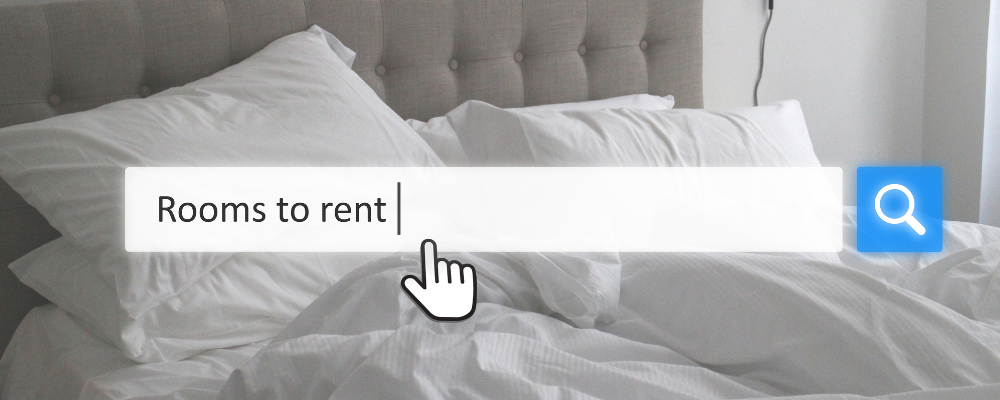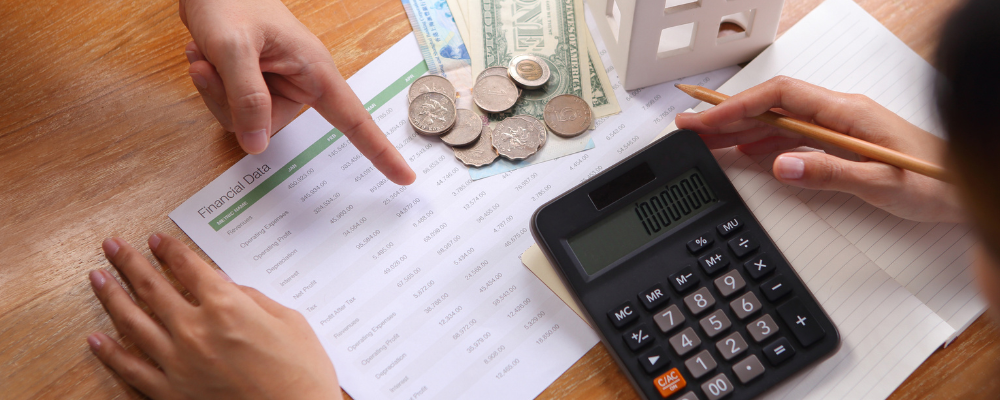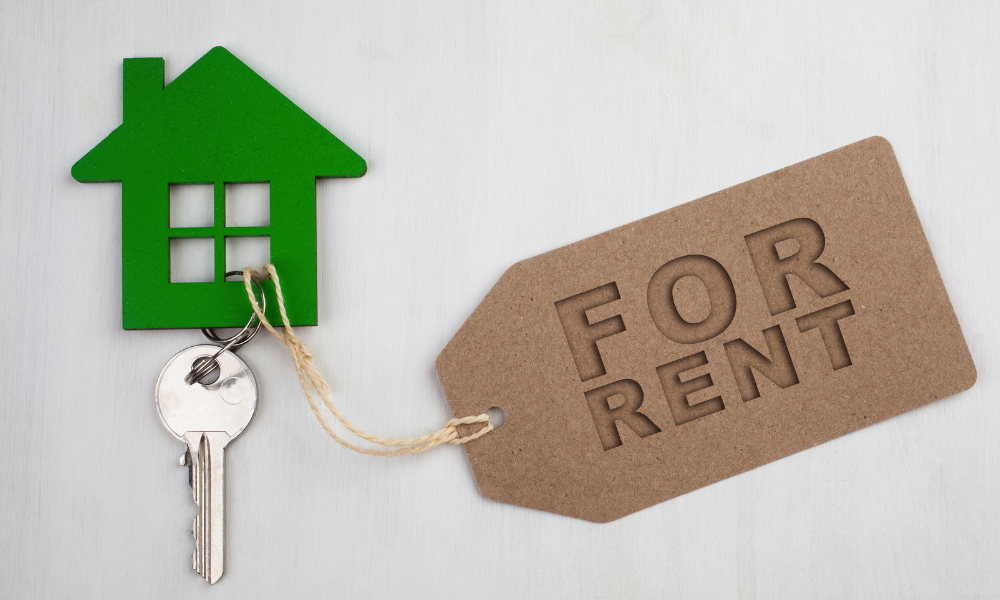The Short Answer
The down payment requirements for loans on an investment property, such as a rental property, are different from a primary residence purchase. The down payment for a rental property is often between 15% and 20% of the property purchase price, which can be a stumbling block for some investors.
Some useful down payment funding solutions include:
- House hacking
- Home equity loans
- Retirement funds
- Seller financing
- Cross collateralization
These methods are valuable for new investors and those who need assistance to cover the down payment for a rental property, which is a requirement on an investment property loan. Get a more detailed look at these strategies below.
Skip To
Investment Property Down Payment Requirements
When it comes to buying an investment property, such as a rental property, one of the biggest barriers to entry can be the down payment. Unlike traditional mortgages for a primary residence, investment property loans often require a higher down payment.
In some cases, investment property loans can require 20% of the purchase price as the down payment. It’s important to note however, that traditional investors and private lenders offer vastly different down payment requirements. So, borrowers should consult the lender they have chosen, to get a better understanding of the requirements.
The factors that will impact the size of the down payment for investment property loans are:
1. Credit score
The higher the borrower’s credit score, the lower the down payment requirement on an investment property loan is likely to be. For example, an investor with a credit score of 700 or more may only be on the hook for a down payment of 15%, while an investor with a credit score of under 640 may need to contribute a 20% down payment or more. Typically, the higher your credit score the better, when it comes to an investment property loan.
2. Debt-to-income (DTI) ratio
Lenders will also look at the borrower’s debt-to-income ratio, and typically they will be checking that a borrower’s debt doesn’t take up more than 45% of their monthly income. Another requirement from lenders will often be to see a borrower’s cash reserves, to make sure that this can keep them afloat, should the property not be rented out immediately. So, for an investment property loan, the DTI ratio is an important number.
3. Occupation
Purchasing a rental property means that the borrower does not intend on living in the property. This can impact the down payment amount that is required on an investment property loan, as primary residences generally require a lower down payment than properties that are going to be rented out.

What Is The Minimum Down Payment For Investment Property?
The minimum down payment that is required for an investment property varies, depending on the type of lender. The average minimum down payment would be 15%, however this depends on the requirements mentioned above and the lender themselves.
Some lenders can offer lower down payment requirements with certain conditions, for example, occupying a unit on the property.
In general, borrowers will need a credit score of 680 or more at least, and a DTI ratio of 36% or less to qualify for an investment property mortgage.
| Loan Type | Minimum Down Payment |
|---|---|
| Conventional (single-family) | 15% |
| Conventional (multi-family) | 25% |
| FHA loans | 3.5% |
| Portfolio lenders | 15% |
| VA loans | 0% |
How To Fund A Down Payment For A Rental Property
Some real estate investors simply don’t have the funds required to cover a large down payment on an investment property. While this can seem like a barrier, there are successful ways to fund a down payment and enter the real estate investing world, without having a large amount of capital upfront.
1. House hacking

House hacking is an innovative real estate investment strategy that can help savvy investors maximize their profits in the long run. Real estate investors can use house hacking to generate rental income and use this to cover the down payment on an investment property.
House hacking involves renting out part of a property that the owner is currently living in and then saving up that rental income to use for the down payment. For example, renting out a spare room to someone, or renting out a garage as storage space.
The benefits of house hacking are numerous; you can not only recoup your costs but also reduce them significantly compared to typical homeowner expenses such as mortgage payments, taxes, repairs, and insurance. This strategy also comes with risks and requires careful evaluation before committing, such as ensuring sufficient insurance is in place to protect both the landlord and tenants of the rental property.
2. Home equity loans

For those who have already built up equity in a home, a home equity loan or a HELOC (home equity line of credit) can be an ideal solution to cover the down payment on an investment property. These loans involve tapping into the existing equity that has been built up in a home and using this to get a cash-out refinance loan or a line of credit to use for their investment property purchase.
A home equity loan gives you a lump sum of the entire loan amount upfront. The amount that can be borrowed depends largely on the price of the investment property and the amount of equity that exists in the home, along with its market value.
On the other hand, a HELOC provides a line of credit that can be used over time, with specific amounts being issued at different points. A HELOC essentially works like a credit card, however the investment property is used a collateral for the loan.
A borrower will only need to repay the interest on this loan for a period of time, which can be quite attractive for real estate investors who can then pay the loan back once they’ve generated rental income from a rental property.
3. Retirement funds

Retirement funds can be a great option for securing a hefty down payment on a starter home. Although it may be difficult to part with one’s savings, it is important to remember that retirement funds are meant to be used to achieve long-term goals. An investment property can be an effective way to build wealth for retirement by generating rental income, so this can be a worthwhile justification for using retirement funds.
Using an IRA or a 401(k) is a useful way to find the funding for a rental property down payment. However, this is a riskier option as there can be penalties for withdrawing these funds before retirement. So, investors will need to be aware of how to withdraw these without incurring hefty extra costs. Some retirement funds allow for penalty-free withdrawals at certain periods of time, so it’s a good idea to check on this before considering this option.
4. Seller financing

While less common, seller financing can be a useful tool for investors who need to cover the down payment on a rental property. This is particularly valuable for properties where there are extensive renovations needed. The seller can provide the buyer with a loan for the down payment, and the buyer can pay this back over time, just like any other loan.
Sellers may charge a higher interest rate however, and may require the loan to be repaid in a shorter timeframe. In some cases, sellers may offer down payment financing for investors as an incentive to purchase a property, if the property has been on the market for too long.
However, unlike going through a bank, investors don’t have to worry about enduring lengthy processing times and tedious paperwork. Instead, sellers are able to provide buyers with more flexible terms so they can easily find solutions that work best for their situation.
5. Cross collateralization

For investors who already own a property this can be used as collateral in a strategy called cross collateralization. A lender can put a lien on a home that an investor already owns and use this as collateral, which means that the down payment on the next property can be waived as it will fall under the same loan. This requires using the same lender as the property that the investor already owns and can be a good solution for those who need to cover their down payment.
Final Tips For Investing In A Rental Property
Investing in a rental property is a successful wealth building strategy, however it requires purchasing the right property, finding the right tenants and getting the right funding. To get a head start on receiving loan approval for a rental property, here are a few tips:
- Make sure that your credit score is as high as you can get it. 700 or higher is ideal to get the best possible loan.
- Don’t overextend yourself when it comes to debt, your DTI ratio should be well under 45% or lenders won’t be inclined to consider you.
- Ensure that you have cash reserves ready and waiting, preferably about 6 months, so that lenders can see that you can still make the loan repayments, even if the property is vacant.
- Prepare to pay 15% to 20% as a down payment on the property. It’s hard to find a loan that will offer a lower down payment unless you’ll be living in one of the units on a multi-family property.
FAQ
Most mortgage lenders will require at least a 15% down payment on an investment property mortgage. Typically, the down payment requirement for an investment property loan is between 15% and 20% of the purchase price, while the mortgage on a primary residence will not be this high. You can borrow money using one of the methods mentioned above, to cover this down payment if you cannot afford it.
Some mortgage options will have a lower down payment option, but this is the typical down payment amount that is required for investment properties such as a rental property.
For down payment assistance on a primary residence, there are various grants, loans and other programs that are available. However, most of these are for first-time home buyers and these may not be used for an investment property.
To qualify for down payment assistance on these programs, a buyer would typically need a credit score of 620 or more, and an income that matches the program requirements. These programs may require the buyer to live in the home for a certain number of years (usually anywhere between 3 and 10), they may also require that the buyer attends a class on home buying and finances.
When it comes to an investment property however, the methods mentioned above may not be applicable as they may not be on offer for properties that aren’t a primary residence.
Another option that some lenders, such as New Silver, offer is the opportunity to use a personal loan to cover the down payment, and a rental loan to cover the investment property purchase.



